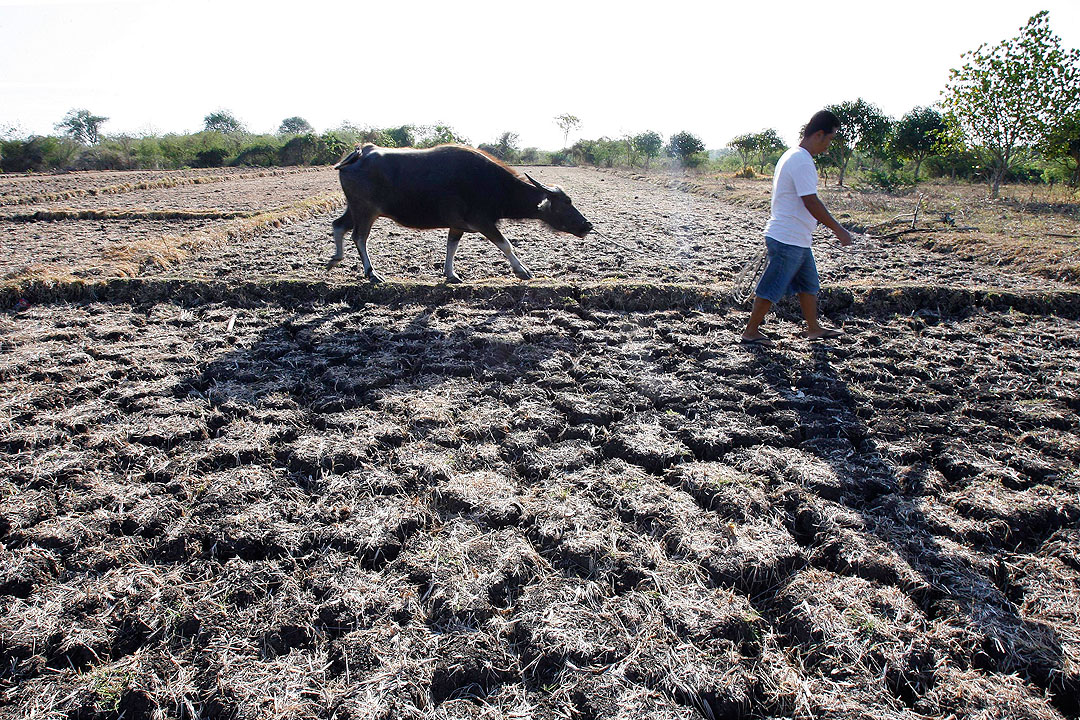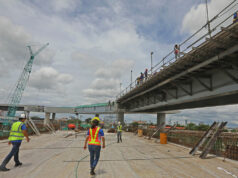Carabao milk, meat output expected to decline 20%

THE PHILIPPINE Carabao Center said that production of carabao (water buffalo) could drop this year due to the effects of El Niño on the supply of animal feed.
“We are estimating that production would drop by around 20%,” PCC Executive Director Liza G. Battad said on the sidelines of an agriculture event last week.
Ms. Battad added that the prevailing effects of El Niño on agriculture have caused volumes of carabao feed — mainly rice straw — to decline.
The “super El Niño” impact on rice straw has a follow-on effect on both milk and meat production,” she said.
Each carabao typically consumes 40 kilograms of feed per day.
“Our real concern is feed. And at the same time, when it’s too hot, breeding is affected” she added.
Ms. Battad said that this could cause the breeding efficiency of carabaos to drop by 2% next year. The typical breeding time takes about 10 months.
“Our hope is to really contract artificial insemination services. And we will deploy them to areas where there are lots of animals to breed,” she added.
She said artificial insemination could sustain the momentum for building up herd at the cooperative levels.
Carabao males are typically used for meat, while females are kept from slaughter to specialize in dairy.
“We have more than 300 cooperatives that invested in their processing and consumer products,” she added.
Milka Krem is the PCC’s carabao milk advocacy program through which it hopes to “commercialize many products,” she said.
The government is aiming to increase dairy production to 80 million liters of milk per year by 2028, including carabao milk.
The US Department of Agriculture projects dairy demand in 2024 to rise 3% to 3.5 million MT in liquid milk equivalent. — Adrian H. Halili



